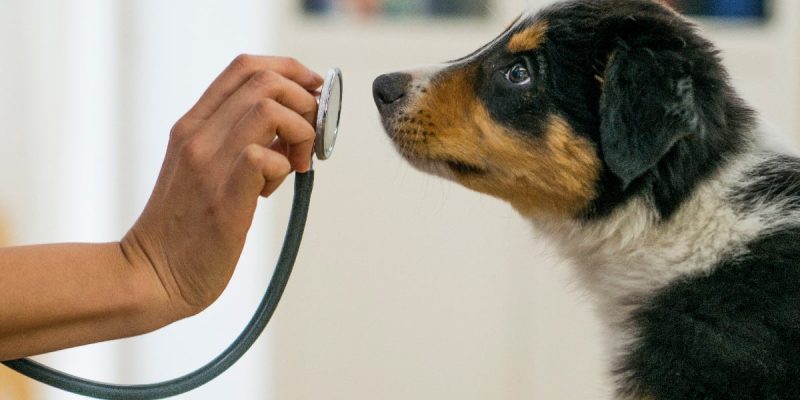Pets are incredible at hiding pain. This instinct, inherited from their wild ancestors, helped them avoid predators by masking weakness. Unfortunately, this natural tendency can make it challenging for pet owners to recognize when their furry friends are suffering. Identifying signs of pain early is essential to getting timely veterinary care and improving your pet’s quality of life.
Whether your pet is dealing with an injury, chronic illness, or post-surgical discomfort, understanding the common signs of pain can help you act quickly and compassionately.
Here’s what every pet owner should know about recognizing pain in dogs and cats.
Why Pets Hide Pain
In the wild, showing pain or vulnerability can make an animal a target for predators or rivals. Domestic pets have retained this instinct, often concealing pain until it becomes severe. Unlike humans, they can’t tell us what hurts, so it’s up to you to watch carefully for changes in behavior and appearance.
Common Signs of Pain in Dogs
Dogs may show pain in subtle or obvious ways. Some typical signs include:
- Changes in Behavior: Your dog might become withdrawn, irritable, or unusually aggressive. Conversely, some dogs become clingy or seek more attention.
- Limping or Difficulty Moving: Favoring one leg, stiffness, reluctance to jump or climb stairs are red flags.
- Changes in Posture: Dogs in pain may hunch their backs, tuck their tails, or hold their head low.
- Vocalizations: Whining, whimpering, growling, or yelping when touched or moving.
- Changes in Appetite or Drinking Habits: Pain can cause a decrease in eating or drinking.
- Excessive Licking or Biting: Focusing on one area can indicate localized discomfort or injury.
- Panting or Restlessness: Even without exertion, these can be signs of pain or distress.
Common Signs of Pain in Cats
Cats tend to be even more secretive about pain. They might hide or avoid interaction when unwell. Look for:
- Hiding or Avoidance: A painful cat may retreat to quiet, out-of-the-way places.
- Changes in Grooming: Over-grooming a painful area or neglecting grooming altogether, leading to a matted or greasy coat.
- Reduced Activity or Play: Less interest in playing, jumping, or moving around.
- Vocalizations: Unusual meowing, growling, or hissing, especially when touched.
- Changes in Posture: Sitting hunched up or lying in unusual positions.
- Altered Eating or Drinking: Eating less or drinking more than usual.
- Aggression or Irritability: Increased sensitivity to touch or sudden swatting.
Chronic vs. Acute Pain
Understanding whether your pet is experiencing acute or chronic pain is important.
- Acute Pain results from injury, surgery, or illness and is usually sudden and severe. It tends to improve with treatment and time.
- Chronic Pain is ongoing and may be caused by conditions like arthritis, dental disease, or cancer. Pets with chronic pain often show subtle but persistent changes in behavior or mobility.
Why Prompt Veterinary Care Matters
Ignoring signs of pain can lead to worsening conditions, decreased mobility, and reduced quality of life. Pain also affects your pet’s mood and can cause stress or anxiety.
Veterinarians can perform examinations, diagnostic tests, and recommend treatment options to relieve pain. These may include medications, physical therapy, diet changes, or lifestyle adjustments.
How You Can Help Your Pet
- Observe Regularly: Spend time watching your pet’s normal behavior so you can spot changes early.
- Provide Comfort: Soft bedding, gentle handling, and quiet spaces can ease discomfort.
- Follow Treatment Plans: Administer medications as prescribed and keep follow-up appointments.
- Maintain a Healthy Weight: Excess weight strains joints and worsens pain, especially in arthritis.
- Encourage Gentle Exercise: Controlled activity helps maintain mobility and muscle strength.
Final Thoughts
Recognizing pain in pets requires attentiveness and patience. Because they often hide discomfort, subtle behavioral or physical changes are clues that something is wrong.
If you suspect your dog or cat is in pain, don’t wait to seek veterinary care. Early intervention can make a profound difference in your pet’s comfort, recovery, and overall well-being.
Your vigilance and love are the first steps toward ensuring your pet lives a happy, pain-free life. We recommend Douglas Animal Hospital.







Comments